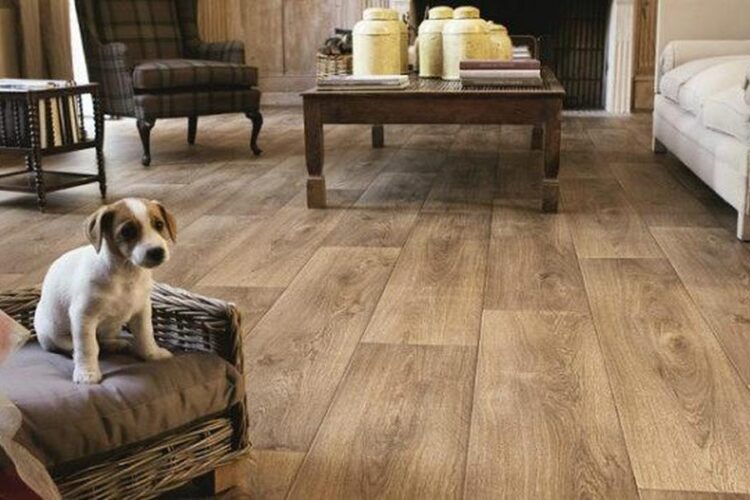PVC flooring, also known as vinyl flooring, is a popular choice for many homes and offices. One of the main reasons for its popularity is its durability. PVC flooring is designed to withstand heavy foot traffic, making it an ideal option for high-traffic areas such as kitchens, hallways, and offices.
Another reason why PVC flooring is a great choice is its easy maintenance. Unlike other types of flooring, PVC flooring is water-resistant and stain-resistant, which means it is easy to clean and maintain. A simple sweep or mop is usually enough to keep it looking clean and new.
PVC flooring is also available in a wide range of colors, patterns, and designs. This means that you can easily find a style that suits your taste and complements your existing decor. From wood-look vinyl planks to stone-look vinyl tiles, there is a PVC flooring option for every design preference.
In addition to all of these benefits, PVC flooring is also affordable. Compared to other types of flooring, PVC flooring is generally less expensive, making it a great option for those on a budget.
How to Install PVC Flooring Yourself?
If you’re looking to save money on flooring installation costs, installing PVC flooring yourself can be a great option. Here’s a step-by-step guide on how to install PVC flooring:
Step 1: Prepare the surface. Before you start installing the PVC flooring, you need to make sure the surface is clean, smooth, and dry. Remove any old flooring and clean the surface thoroughly.
Step 2: Measure the room. Measure the room to determine how much PVC flooring you need. Add 10% to the total amount to account for waste.
Step 3: Cut the PVC flooring. Use a utility knife to cut the PVC flooring to the correct size.
Step 4: Apply adhesive. Apply adhesive to the subfloor and lay the PVC flooring in place.
Step 5: Press down firmly. Use a roller to press down firmly on the PVC flooring, making sure it is flat and even.
Step 6: Trim excess. Trim any excess PVC flooring using a utility knife.
Step 7: Install baseboards. Install baseboards around the edges of the room to cover any gaps and give the room a finished look.
Is PVC Flooring Eco-Friendly?
A Comprehensive Analysis” One question that many people have about PVC flooring is whether it is eco-friendly. PVC flooring is made from a synthetic material that is derived from petroleum, which means that it is not a renewable resource.
However, PVC flooring can be eco-friendly in certain situations. For example, many manufacturers now offer PVC flooring that is made from recycled materials, which reduces the environmental impact of the flooring.
In addition, PVC flooring is often more durable than other types of flooring, which means that it lasts longer and requires less frequent replacement. This can help reduce waste and minimize the environmental impact of flooring.
Finally, PVC flooring is often treated with coatings that make it more resistant to stains, dirt, and water. This means that it requires less frequent cleaning, which reduces the amount of water and cleaning products needed to maintain it.

